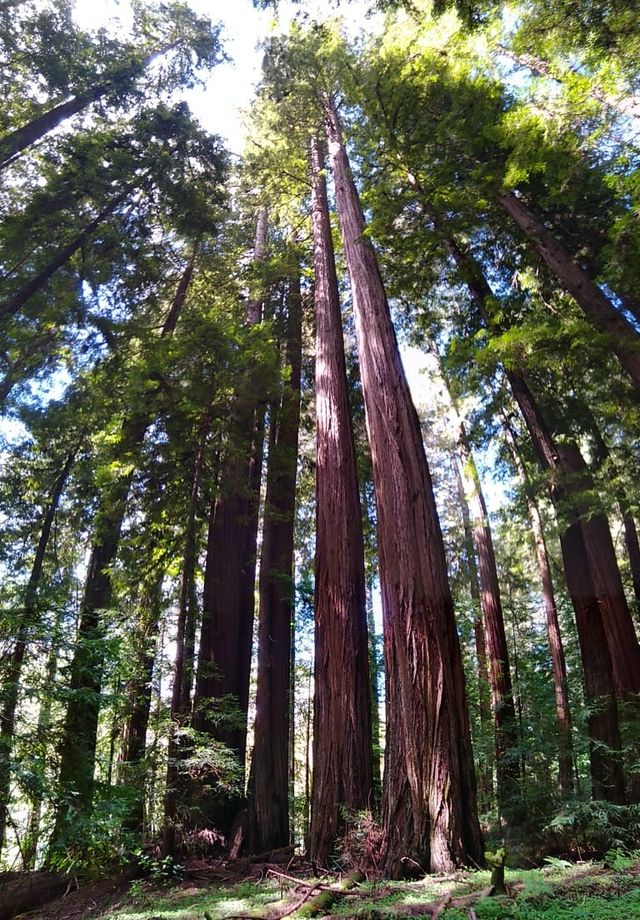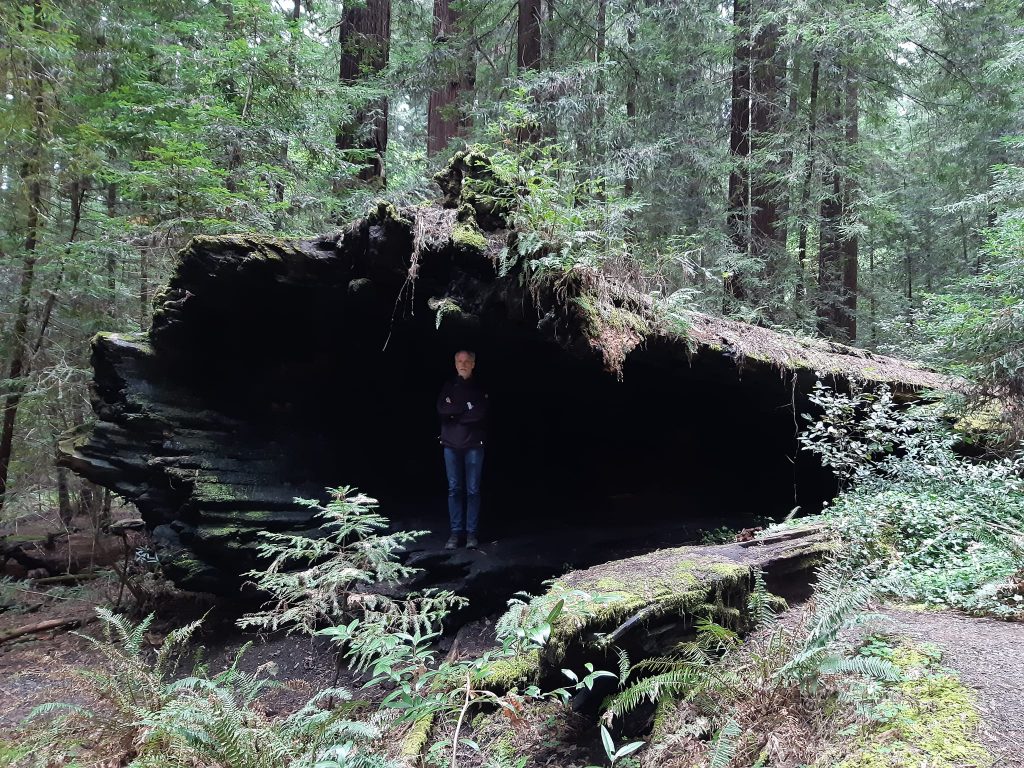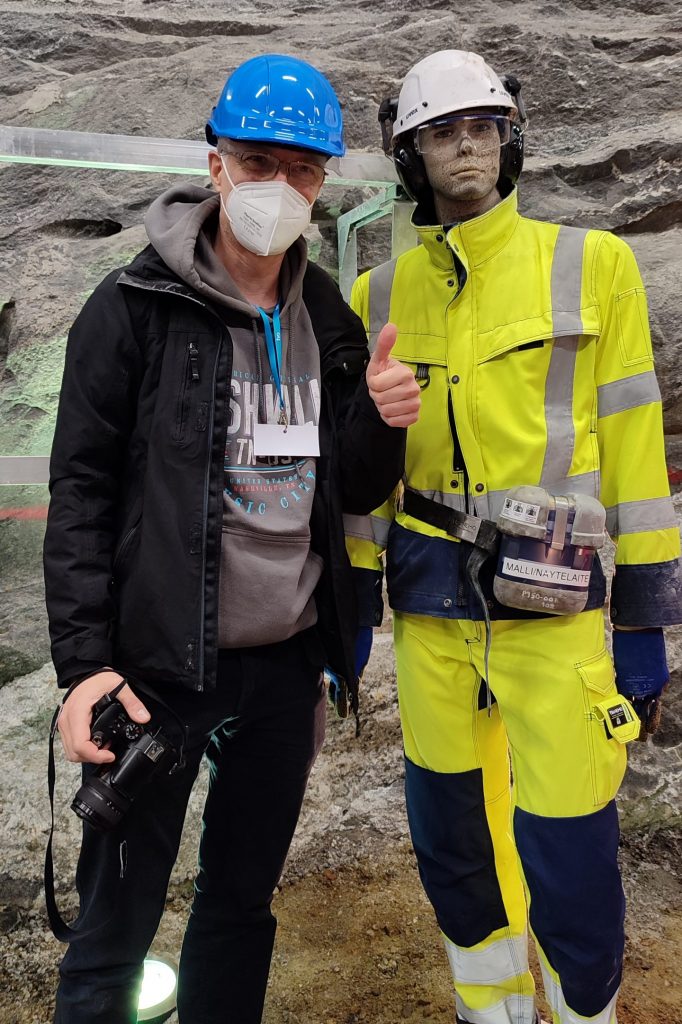Ever-living trees
2024-04-06
Coastal sequoias represent a particular variety of long-term thinking. These redwood trees are not only very tall (100+ m) but also very long-living (up to 2,000+ years).

The Humboldt Redwoods California State Park is the largest expanse of ancient redwoods left on Earth. They inspire throughout the park to a variety of references to the distant past and future:
- “Time immemorial”
- “Ambassadors from another time”, (…) “can you imagine dinosaurs rubbing elbows against the ancient redwoods’ ancestors?”
- “Relics of the Past”, “In a sense, this redwood forest is a window to the past—a place to glimpse a distant world that existed long ago.”
- “These towering survivors will grace this land for centuries to come”
- The Park “protects a story that will continue unfolding far into the future!”
- “The enduring splendor of these magnificent trees”
- “When you walk among the redwoods, time seems to stand still. Like our own lives, though, this forest is constant changing.”
- “Redwoods, now and forever”; “in memory of Travis Brian Percival. My forever love”
- “The redwoods, once seen, create a vision that stays with you always…”
- “Immortal tree”
- “Eternal”, “ever-living” [the trees’ botanical name is Sequoia sempervirens]
Having said all that, it is intriguing that each redwood’s enormous weight rests on the external layers of the trunk. Their inner core decays first, and they have rather shallow and thin roots. — Is this nature’s inspiration for sustainability and long-term futures??





[…] The new funding for this and a number of additional smaller projects, means that the Climate Heritage Network is…
[…] Chair on Heritage Futures « Culture, cultural heritage and COP26 […]
[…] mer på Unescoprofessurens blogg http://blogg.lnu.se/unesco/?p=1061 Besök Öland 2050! […]